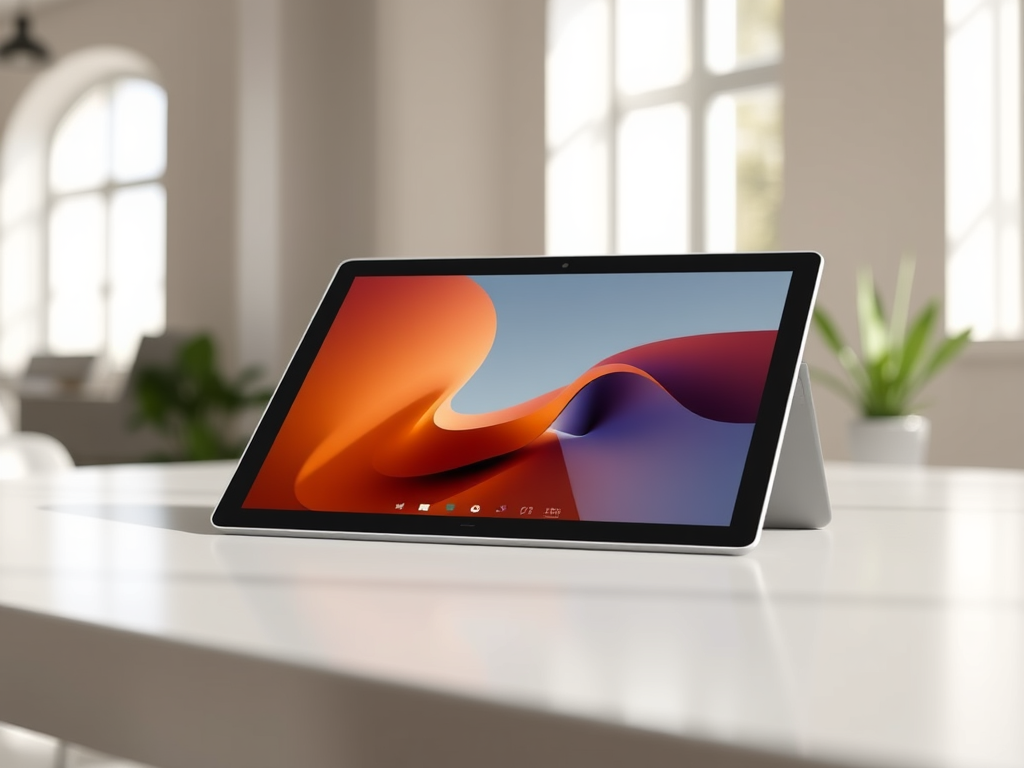![]()

In Windows 10 there was a tablet mode that would change the way your device worked so that it was usable as a tablet without a keyboard attached. In Windows 11 they have taken away this feature which causes some issues if you have a device that will not normally have a physical keyboard attached for normal use.
The method that Microsoft uses to decide if the on-screen keyboard will pop up in Windows 11 is based on whether a physical keyboard is removed. This is the default setting. This situation, of course, causes UX issues. Devices like the Surface GO and Surface Pro among others may never have a keyboard connected post build.
Solution
The solution to this is actually quite easy but is hidden away from normal users. A few reg keys are required to put it into a mode where the On-Screen Keyboard will be available from a fresh boot of a device. Run these commands from a command prompt. Note that this is “HKCU” so is specific to the user running the commands.
reg add "HKEY_CURRENT_USER\Software\Microsoft\windows\CurrentVersion\ImmersiveShell" /v TabletMode /t REG_DWORD /d 1 /f
reg add "HKEY_CURRENT_USER\Software\Microsoft\TabletTip\1.7" /v EnableDesktopModeAutoInvoke /t REG_DWORD /d 1 /f
reg add "HKEY_CURRENT_USER\Software\Microsoft\TabletTip\1.7" /v DisableNewKeyboardExperience /t REG_DWORD /d 1 /fThis can easily be deployed using an MDM such as Intune or using an RMM such as Ninja One or Connectwise Control.
After the reg keys are in place a reboot of the device is required and from then on you can be completely keyboard free.
Conclusion
If you have a convertible device and want to use it primarily without a keyboard attached you will want to be creating these registry keys.
